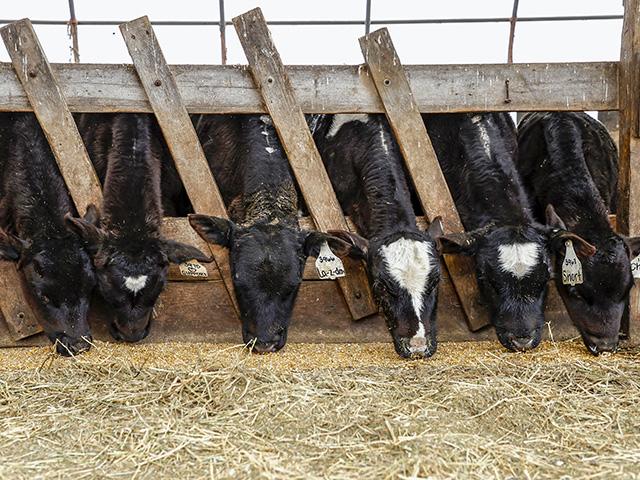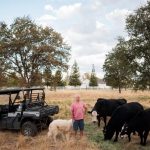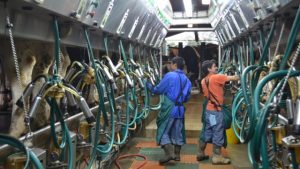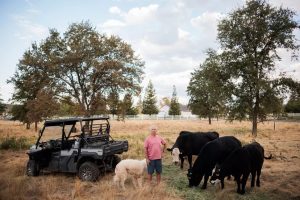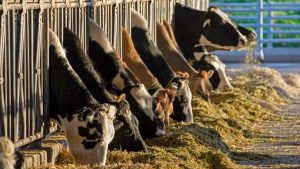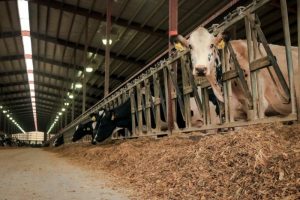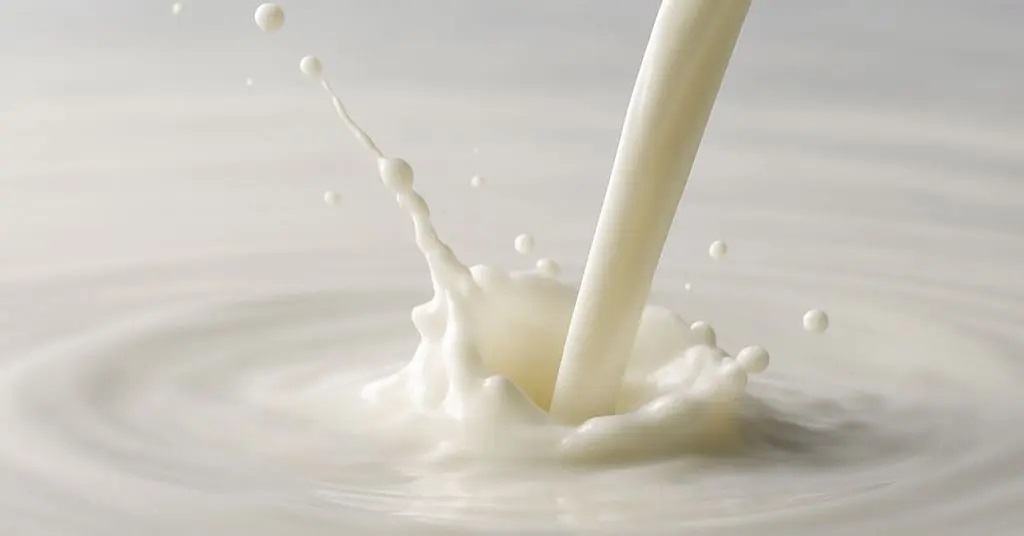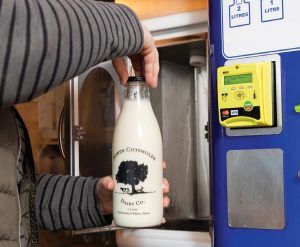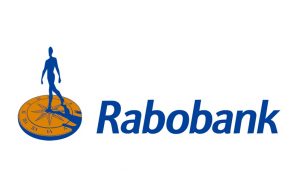
U.S. Dairy Replacement Numbers at 20-Year Low; Industry Adapts to Rising Beef Prices and Shifting Economics.
The U.S. dairy industry is facing a critical challenge as the number of replacement heifers has dropped to a 20-year low, with a potential for further decline. This shortage is a direct result of market forces, particularly record-high beef prices that have incentivized dairy farmers to breed their cows with beef semen. The number of heifers available to enter the milking herd is insufficient to meet the industry’s long-term needs, a concern underscored by a historic $10 billion investment in new processing facilities that will demand more milk production through 2027.
The root of the issue lies in the economics of raising heifers. For many years, the cost of raising a dairy heifer far exceeded its market value, leading to financial losses for producers. This made breeding cows with beef sires a more profitable alternative, as the resulting beef-cross calves fetched much higher prices than purebred dairy bull calves. As a result, the national dairy heifer inventory has shrunk significantly, with a dramatic 18% drop from 2018 levels.
As the supply of heifers has tightened, their value has skyrocketed. According to USDA data, the average price of a dairy replacement heifer jumped by an incredible 75% from April 2023 to July 2025, reaching an “unforeseen threshold” of $3,010 per head. This scarcity has forced dairy farmers to find new strategies to maintain herd size, with many culling fewer cows to keep the milk flowing and amortize their initial investment over more years of productive life.
The agribusiness community is now adapting to this new reality. To counter the shortage, dairy farmers have made a significant shift in their breeding practices. Sales of gender-sorted semen, which results in a 90% chance of producing a heifer calf, have seen a massive 17.9% growth rate in just one year. Conversely, the use of conventional dairy semen has fallen, reflecting a conscious effort to rebuild the future dairy herd.
Despite these changes, rebuilding the heifer pipeline is a long-term process. It takes approximately two years for a newborn calf to enter the milking herd. Industry analysts and predictive models suggest that while a recovery will begin, heifer inventories are expected to shrink further before a modest rebound starts in 2027. The ongoing shortage will continue to create a tight milk supply, a key concern for processors and analysts in the global dairy economics community.
Source: FarmWeekNow, “Dairy replacement heifers at 20-year low with potential to continue falling”
You can now read the most important #news on #eDairyNews #Whatsapp channels!!!
🇺🇸 eDairy News INGLÊS: https://whatsapp.com/channel/0029VaKsjzGDTkJyIN6hcP1K
